Yellow water lily - the color of the sun on the river surface
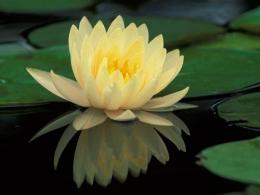
We call it Yellow Water Lily. That's what people call her because of her resemblance to her white relative. The presence of such a water lily in a pond means that everything is in order with the ecology there. The water lily flower reaches for the sun from dawn to sunset, as if it is afraid of missing something. The plant is surrounded by legends associated with river nymphs and mermaids. Moreover, in every place where yellow water lilies bloom, they will certainly tell you such a story, and maybe more than one.
Content:
Biological description of the plant
Nuphar lutea (lat.) – yellow nymph:
- Belongs to the Kuvshinkov family
- Department Angiosperms
- Class Dicotyledons
- Rod Kubyshka
Perennial aquatic plant. It has a thick fleshy rhizome. It is attached to the muddy bottom thanks to many cord-shaped roots that go deep into the ground. From the rhizome of the water lily, underwater and above-water (floating), floating leaves grow. The first ones are always hidden under water, translucent, with wavy edges, on short stalks. The floating leaves are yellow-green, large, round, leathery, and have a notch on one side. With a diameter of 20-30cm, they have a long stalk up to 3 meters.
Single flowers yellow color, have the shape of a capsule, which is why the plant has a second name - “yellow capsule”. The flower is small, has five sepals 20-30mm long, many petals and stamens. Very fragrant, loves sunny color.The flower arrow looks out of the water at 6-8cm. The yellow water lily blooms from May until the end of summer.
Propagated by pieces of rhizomes and fruits. In deep water, pieces of rhizome are carried along the bottom of the reservoir and quickly germinate. The fruits of the flower are in the form of multi-seeded capsules. The seeds have an air sac, thanks to which they float on water over long distances.
The yellow water lily grows on quiet rivers, lakes, and ponds. Unpretentious, tolerates standing water well. It became widespread in the European part of Russia, Ukraine, Belarus, the Caucasus, and partly in Central Asia.
Use in medicine
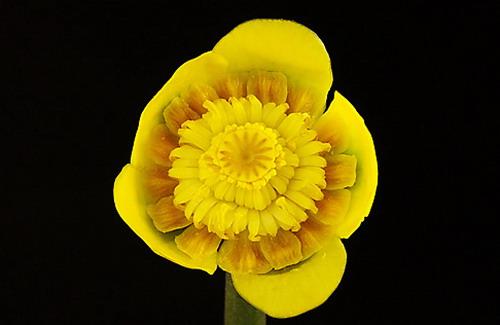
The yellow water lily is medicinal plant, but at the same time poisonous. The plant is widely used in folk medicine. Water lily flowers contain cardiac glycocides. The fruits contain large amounts of starch and tannins. The roots contain tannins and resins, alkaloids, vitamin C, carotene, tannins and starch.
The plant has bactericidal, analgesic, diuretic, choleretic,
calming effect. Plant alkaloids have an anti-trichomoniacal effect.
Medicinal properties, contraindications
- The water lily is used externally to treat inflammatory processes on the skin, burns, migraines, by applying the leaves to the affected areas or making a compress. When washing your hair, the hair follicles are strengthened.
- An infusion of water lily roots was used internally for exacerbation of gastric diseases, rheumatism, cough, toothache, and dermatitis.
Due to the toxicity of the plant, it is necessary to take tinctures and preparations from yellow water lily carefully, without exceeding the dosage and in compliance with the terms of treatment. Strictly as prescribed by the doctor.In case of overdose and poisoning, vomiting, diarrhea, and prolonged sleep occur. If these symptoms are present, it is recommended to rinse the stomach and immediately consult a doctor.
Harvesting the plant
- Rhizomes, roots and fruits of the plant are harvested in the fall, leaves and flowers in the summer. Flowers and leaves are trimmed with a knife, then carefully pulled out with your hands. Rhizomes and stems are pulled out with pitchforks and hooks. Thoroughly wash off the sludge. Cut into slices and lay out in a 2 cm layer on paper or fabric. Can be strung on a thread and hung. The plant is dried in open, well-ventilated areas, then dried in dryers at a temperature of 50-60 degrees. It should be remembered that the plant is aquatic. Therefore, after drying, it dries out greatly in volumes, approximately 1 to 10.
- Dried rhizomes wavy, with dark scars where the leaves were cut off. The inside of the root is grayish-yellow in color and has a faint odor. The shelf life of the root is 2 years.
- Flowers are dried on the day of collection in dryers, in an oven at a temperature not exceeding 60 degrees. Spread out in a thin layer and be sure to mix. The shelf life of flowers is 1 year.
During harvesting, it is necessary to leave at least 20% of the plants intact to restore the yellow water lily population in the pond.
Uses of yellow water lily
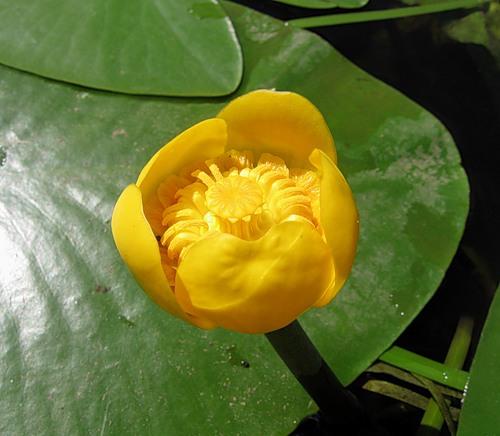
Yellow water lily used in modern medicine. Based on extracts from this plant, drugs are produced that are used in gynecology, the treatment of sexually transmitted diseases, the gastrointestinal tract, diseases of the nervous system, skin diseases caused by fungal infections, and burns.
The chemical composition of the water lily allows this plant to be used in herbal collections to support and stimulate the body's immune system.
- Tincture from the rhizome is used in the treatment of hypertension
- A decoction of yellow water lily rhizomes is used to treat inflammation of the bladder and kidneys, and pulmonary tuberculosis.
- A decoction of the root and its seeds stops uterine bleeding
- An infusion of flowers is used as a sleeping pill and sedative.
- A decoction of the flowers is used to wash your hair if you want to strengthen the hair follicle.
- Fresh leaves of the plant are applied for headaches
- Infusion and decoction of water lily treat migraines and dizziness
- The essence from the rhizomes of the plant is used to treat sexually transmitted diseases.
Due to the characteristics of the yellow water lily, treatment with drugs and the yellow water lily itself should be prescribed by the attending physician. In case of individual intolerance, the drug is discontinued. Tincture in large doses causes depression of the central nervous system!
Plant extraordinarily beautiful, has many useful properties. For a very long time, the yellow water lily was exterminated thoughtlessly because of its healing properties. Therefore, the plant's population in the wild has declined. The plant is listed in the Red Book and is subject to protection. Remember this, and enjoy the beauty of wildlife, looking at a lake or river with a scattering of sunshine on the surface of the river.
Interesting video about yellow water lily:
Interesting information about the vegetable garden

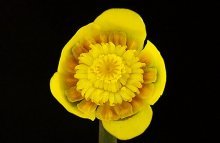
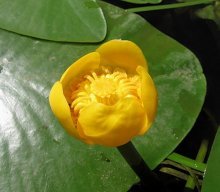
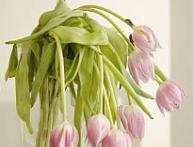
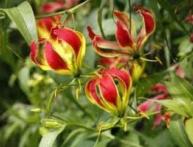
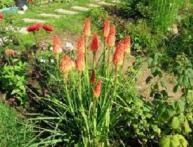

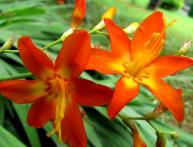
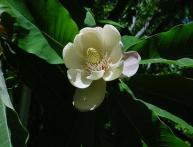
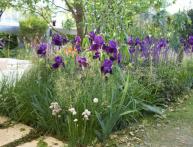
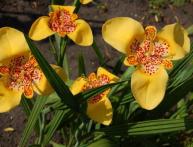
Comments
The water lily and I are, one might say, relatives. I am Lily)) It turns out that the water lily is a very useful plant that helps with many ailments. And I always admired its beauty and bright “sunny” colors